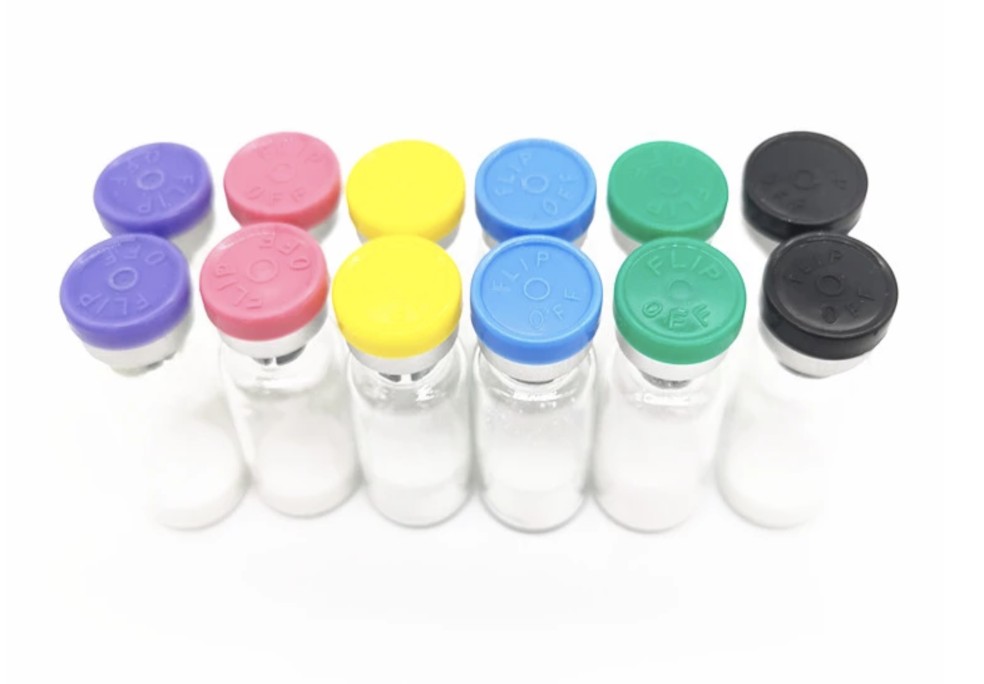Produktname: Follistatin 315/ FST 315
Spezifikation: (1mg/vial)
Klasse: Pharmazeutische Klasse
Reinheit: 95%
Wassergehalt(CarlFischer): ≤5.0%
Acetatgehalt(durch HPLC): ≤15,0 %
Key words: Follistatin 315,1mg Follistatin 315, Peptide, Follistatin-315, Peptide Follistatin 315, Follistatin 315 price, FST 315 1mg/Vial, Follistatin
Aussehen: Sterile Filtered White lyophilized (freeze-dried) Pulver.
Follistatin, also called activin-binding protein, is found in nearly all tissues of vertebrate animals. Its primary function is to neutralize members of the TGF-β family, which play fundamental roles in everything from growth and development to energy homeostasis and immune system regulation. In particular, follistatin interacts with activin, which plays an important part in cell proliferation and cell death as well as in the immune response as it applies to wound repair.
Follistatin 344 und 315 are engineered analogues of naturally occurring follistatin. Both are created by alternative splicing of the follistatin mRNA transcript. Scientific research in non-human primates as well as in mice have indicated that both molecules are capable of improving muscle growth by antagonizing myostatin (a member of the TGF-β family).
Follistatin is fascinating protein that can increase muscle mass beyond natural potential by suppressing myostatin. Scientists first identified follistatin while examining porcine (re: pig) follicular fluid in the ovaries.
Follistatin is naturally found in the skeletal muscle of almost all mammals with advanced or developed characteristics, such as humans, rodents, and cows. Follistatin is high in the non-essential amino acid cystine but unlike most proteins discussed in the fitness world, follistatin has carbohydrates attached to it.
| Produktname |
Follistatin 315 |
| Spezifikation |
1mg/vial |
| Reinheit |
98%Mindest |
| Aussehen |
weißes Puder |
| Specific Optical Rotation (c=0.5,10% HAc) |
-50.0~-60.0° |
| Wassergehalt(CarlFischer) |
≤5.0% |
| Acetatgehalt(durch HPLC) |
≤15,0 % |
| Aminosäurezusammensetzung |
±10 % der Theorie |
| Reinheit (durch HPLC) |
≥98,0 % |
| Einzelne Verunreinigung(durch HPLC) |
≤1,0 % |
| Peptidgehalt(von %N) |
≥80% |
| Probe(Von wasserfrei, Essigsäurefrei ) |
95.0~105,0 % |
| Bakterielle Endotoxine |
≤5EU/mg |
| Storage/Stability |
Stored at -20 °C if preferred. Storage in frost-free freezers is not recommended |






















